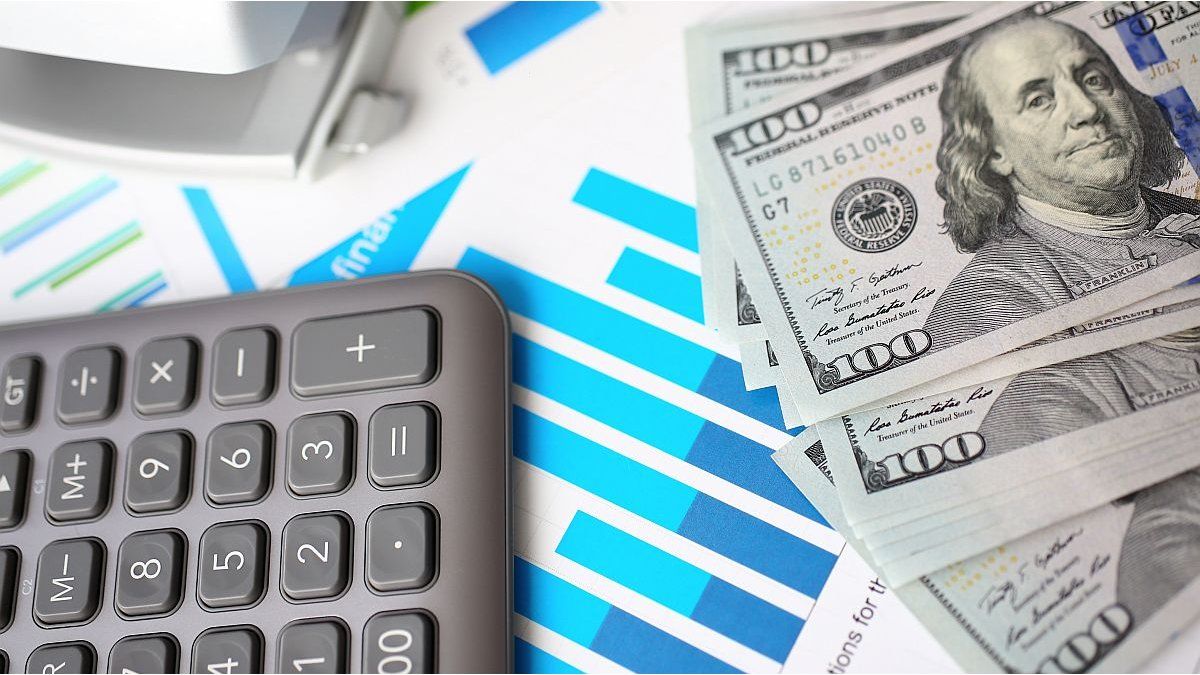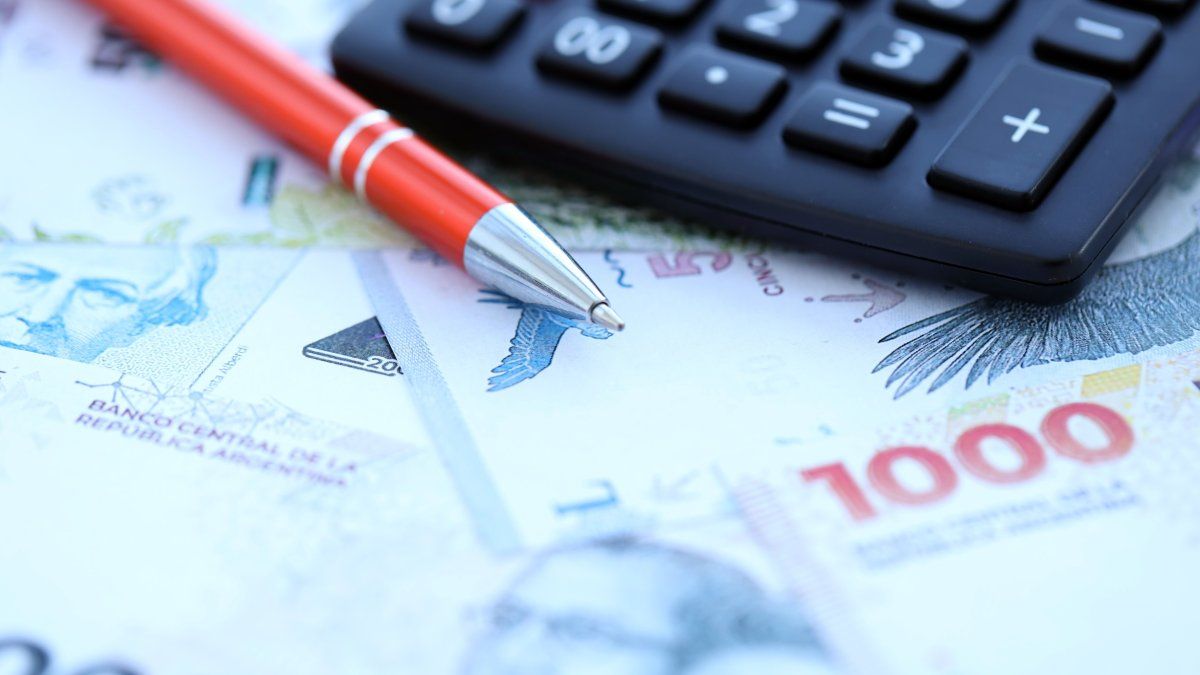With the arrival of January, it is renewed the quota of US$200 for the purchase of dollar savings through banks for those who meet the requirements to access that market. At the outset, it must be said that the canon remains unchanged, but what did change significantly this month is the amount of pesos what the saver needs to access the also called solidarity exchange rate.
It turns out that the Minister of Economy, Luis Caputoexecuted on December 13 a strong devaluation of the official exchange rate, the most important in almost 35 years, taking it from the $366.45 it was quoted before the change of government to $800 in a single day. That is, an exchange rate jump of 118.3% was applied.
As a consequence of this, the dollar card/savings At that time, it started to cost $1,280, based on 30% of the Country Tax, 30% of the Income Tax, while the collection of Personal Assets was eliminated. Thus, 60% taxes are applied to card expenses in dollars, from the 155% that was paid before the devaluation.
That December 13, Caputo also announced that the official exchange rate would be managed forward with a crawling peg of more or less 2% monthly, so that after about 15 years from that moment, at the end of December, The wholesale dollar is trading at $808 and the savings dollar rose to $1,324.40. That is, since the change of government, the exchange rate has increased by more than $320 and has a gap with the Dolar blue (cheaper today) close to 30%.
Dollar savings: the consummation of an exchange rate
It is worth remembering that the president, Javier Milei, assured that buying dollar in the black currency market “is not illegal”Well, in his own words, his mega DNU includes “the freedom to trade in foreign currency.” In addition to ensuring that still “we can’t remove the trap“. Thus, with the need to have an amount of $264,720 to go buy $200when the parallel dollar is around $1,000, the user is not willing to lose $64,720 in an exchange rate that also imposes a purchase limit.
So things are, The so-called savings dollar has its days numberedbecause with the deregulation of the market proposed by the new Administration and a dollar card at the same price and for which the expenses of services coming from abroad are valued at that value ($1,323.60), It makes no sense for it to continue to exist or, at least, it does so in a “symbolic” way.
dollar-blue-inversiones-finanzas-markets-vivo.jpg
Depositphotos
And how well it explains Ambit Gustavo Quintana, from PR Exchange Operators, the dollar savings “It is going away”, a product of the deregulation of the exchange market and the elimination of the stocks. “It’s a matter of time“, says Quintana, and adds that the projection for the savings dollar will depend on the evolution of the official dollar“which we will see if in January it adjusts a little more than the 2% monthly indicated,” by Minister Caputo.
Regarding the daily adjustment of the official exchange rate (crawling peg), Sebastián Menescaldi, EcoGo economistindicates in statements to this medium that, taking 30% inflation in December and trends that will be around 15/25% monthly going forward, it would be returning to the point prior to the devaluation “between the end of March and May”; Therefore, according to his view, “the most likely thing is that it will last from December to February and in March it will begin to thaw. All depending on the effective trajectory“, Explain.
However, finally, the economist Federico Glustein It is estimated that by February or March, it is unlikely that the dollar savingssince today, The savings dollar is more applicable as a dollar card than for savers’ hoarding. “This dynamic is observed in the expenses of services coming from abroad, where this value is used as a reference, regardless of whether or not it is deductible,” he says.
Who can’t buy dollar savings?
- Beneficiaries of ANSES credits that they have not canceled the debt.
- Beneficiaries subsidies energy and water.
- Beneficiaries of social plans or ANSES programs such as the Universal Child Allowance.
- People without declared or consistent income, so it includes both people who do not have a job or work informally/under the table.
- Joint holders of bank accounts.
- Those who refinanced any credit card balance in the last 12 months.
- Monotributistas who requested loans at 0 rate.
- People who accessed the “MEP” exchange rate.
- UVA credit holders who benefited from the rate freeze during the pandemic.
- Owners of small and medium-sized businesses who have accessed loans at preferential rates.
- People who benefited from “income reinforcement”
- People who have operated Argentine Deposit Certificates, better known as Cedears, cryptocurrencies or negotiable obligations in the last 90 days. If you access the savings dollar, access to said assets is prevented for 90 days after the last purchase of the savings dollar.
- People included in the pension moratorium.
- People who collect the $60,000 bonus in the months of September and October.
- Workers who have requested Anses credits.
- Those who have requested the bonus for informal workersknown as “new IFE”.
Dollar savings: how do I know if I am authorized to buy?
Beyond the fact that it lost its appeal, perhaps there are still those who still want to go buy that type of exchange. It can be verified through the Negative Certification from ANSES if you are authorized to buy dollar savingsthe voucher is valid for 30 days and can be consulted at the following link: https://www.anses.gob.ar/consulta/certificacion-negativa
Source: Ambito
I am a 24-year-old writer and journalist who has been working in the news industry for the past two years. I write primarily about market news, so if you’re looking for insights into what’s going on in the stock market or economic indicators, you’ve come to the right place. I also dabble in writing articles on lifestyle trends and pop culture news.




